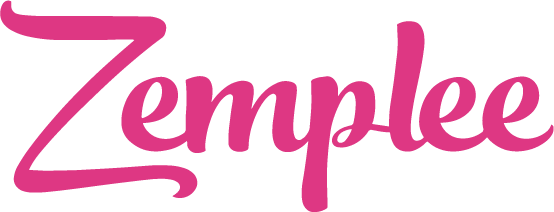Watching a loved one age can be a complex journey filled with both love and worry. One of the biggest challenges is ensuring their safety and well-being while allowing them to maintain independence in their own home. This is where remote patient monitoring (RPM) can be a game-changer.
What is Remote Patient Monitoring (RPM)?
Remote patient monitoring uses technology to track a person’s health conditions from afar. This can include wearable devices, sensors, and other tools that collect data on vital signs, medication adherence, and daily activities. The information is then sent to healthcare providers, who can monitor for changes and intervene as needed.
Why Choose an RPM Program For Your Loved One?
RPM allows physicians and senior care facilities to d Using technology, RPM tracks data regarding a patient’s health and transmits this information to the care team. The healthcare providers will then analyze this information and provide further care if necessary eliver more effective care. However, it can also be a tool used to keep seniors in their home for as long as possible. As high as 92% of older adults said they would prefer to age in their current home with only 8% of seniors preferring to spend their later years in a senior care facility.
The Center for Connected Health Policy (CCHP) states that RPM programs “… can also help keep people healthy, allow older and disabled individuals to live at home longer and avoid having to move into skilled nursing facilities. RPM can also serve to reduce the number of hospitalizations, readmissions, and lengths of stay in hospital — all of which help improve quality of life and contain costs.”
How Can RPM Help Your Loved One?
- Peace of mind: Knowing that your loved one’s health is being monitored can provide immense comfort. You can rest easier knowing that potential issues are being identified early.
- Early detection: RPM can detect changes in health conditions before they become serious, allowing for timely interventions.
- Reduced hospitalizations: By identifying problems early, RPM can help prevent health crises that might lead to hospital stays.
- Improved quality of life: With better management of chronic conditions, your loved one can enjoy a higher quality of life.
- Maintain independence: RPM supports aging in place by allowing individuals to live safely and independently in their own homes.
Getting Started with RPM
If you’re considering RPM for your loved one, start by talking to their healthcare provider. They can assess your loved one’s needs and recommend suitable monitoring devices and services. It’s also important to involve your loved one in the decision-making process to ensure they feel comfortable and supported.
Remember, technology is a tool, not a replacement for human connection. Regular visits, phone calls, and quality time are essential for maintaining strong relationships and providing emotional support.
Helpful Resources
Administration for Community Living
Your Local Area Agency on Aging
A Comprehensive Guide to Remote Patient Monitoring (RPM)

